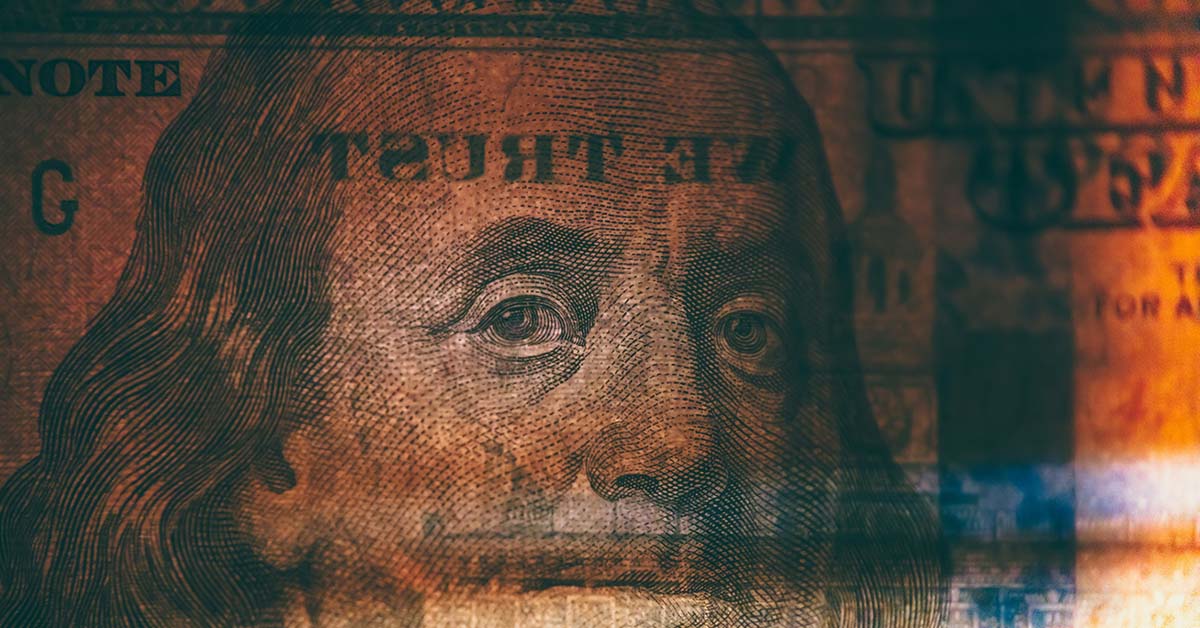However, when it comes to money—the economy, personal finances, and national wealth—it’s worth clearing up some serious misconceptions. Politicians often aren’t exactly experts in technical fields like science, technology, or economics, and this year their economic arguments have become especially silly. They’re using emotionally charged, but economically unsound claims to sway undecided voters.
Take a prime example: Trump and his party criticizing the Biden-Harris administration over a so-called “bad economy.” In reality, the U.S. economy is performing better than ever, boasting record-low unemployment. The recent period of higher inflation is actually a sign of an overheated economy that required cooling off via higher interest rates.
Yet, many Americans believe the economy is poor. A Gallup poll shows that while 85% of people say they’re doing fine personally, only 17% think the economy overall is healthy. That’s logically impossible—if most people are doing well, so is the economy. This disconnect is likely fueled by misinformation spread on social media.
So, while politicians and the media should be spreading accurate information, they’re often doing the opposite. And while we can ignore the noise, understanding economics properly makes us all wealthier. With that in mind, here are six of the most misleading economic myths politicians push:
1. The President Controls the Economy
Both sides love to either take credit or assign blame for economic conditions. But the truth is, the U.S. economy is too vast and decentralized for a president to directly control. Our economy is essentially a massive machine that turns labor and materials into goods and services. Although we’re the largest national economy (26% of the world’s output), we’re still affected by the other 74% of global activity.
Booms and busts typically come from cycles of greed and fear—like the housing boom of 2007 and the financial crash that followed. Government policies (like taxes and regulations) have some influence, but the effects are slow and unpredictable. A president can steer the rudder slightly, but the economic ship mostly sails on its own.
2. The President Sets Interest Rates
Candidates often pretend they can lower interest rates to help everyday Americans. Trump even suggested he’d take control of the Federal Reserve, which is supposed to operate independently.
In reality, monetary policy is deliberately kept away from political control (for good reason). Interest rate adjustments are a tool to keep the economy balanced: cuts boost activity when things slow down; hikes cool it off when it overheats. Giving politicians control would be disastrous.
3. Inflation Has Hurt Americans—and the President Can Fix It Instantly
After COVID, inflation spiked due to supply shortages, strong consumer demand, and low interest rates. But now, inflation has cooled back to a low 2.4%.
More importantly, wages have risen even faster than prices. Since 2019, prices rose 19%, but wages climbed 21%—leaving us better off overall. Still, candidates argue about inflation as if it’s crippling us, and even promise impossible things like “bringing prices back down.” Many people now wrongly equate higher wages and prices with a bad economy.
Some even blame “greedy corporations” for higher prices. But competitive markets usually prevent companies from gouging consumers. NPR’s analysis, for example, found no evidence of grocery stores profiting excessively during the inflation surge.
4. The President Controls Housing Prices
Over the past decade, housing costs have outpaced both inflation and wages. Interest rates have also risen, making mortgages feel pricier. Yet, politicians suggest solutions like homebuyer subsidies or lower interest rates—which might worsen the problem.
The real fix? Increase housing supply. Streamlining permits, easing building codes, removing restrictive zoning rules, and curbing NIMBY (Not In My Backyard) opposition would slash building costs by about half, making homes more affordable faster and more permanently.
5. The President Controls Gas Prices—and They’re “Too High”
Gasoline has been a political talking point forever. Yet, in inflation-adjusted terms, gas prices are roughly where they were in 1950—around $3-4 per gallon. And despite our gas-guzzling habits, the average household only spends about 2.5% of their disposable income on fuel.
What’s more, gasoline is outdated. Electric vehicles are now cheaper to buy and operate than gas cars, even for used models. EVs are faster, require less maintenance, and eliminate fuel costs. So why are we still obsessing over gasoline prices? It’s as silly as debating the cost of Kodak film or typewriters.
6. We Should Even Be This Worried About the Economy
Here’s the kicker: most of this economic anxiety is misplaced. As a country, we’ve had “enough” for decades. Complaints from the middle class often sound like buffet diners grumbling for more desserts.
Yes, inequality exists, and a fair tax system is needed to maintain social stability. But wealth beyond a certain point doesn’t make people happier. True contentment comes from mindset and skills—not ever-larger paychecks.
If politicians really cared about improving lives, they’d advocate Mustachian values—self-sufficiency, smart spending, and skill-building—instead of pandering to special interests. But winning elections and doing what’s best for the country aren’t always the same.


